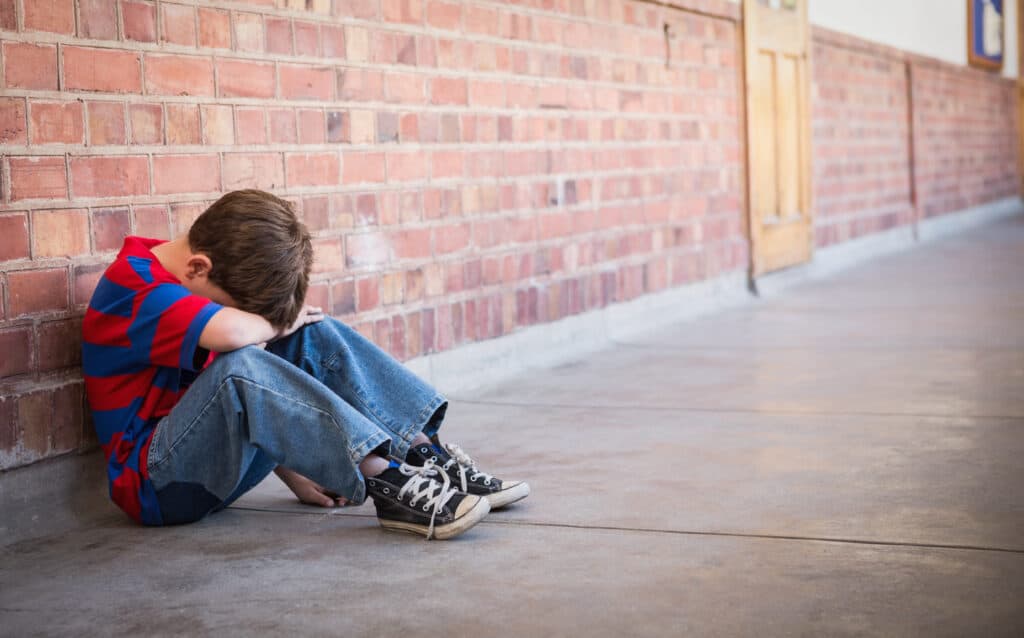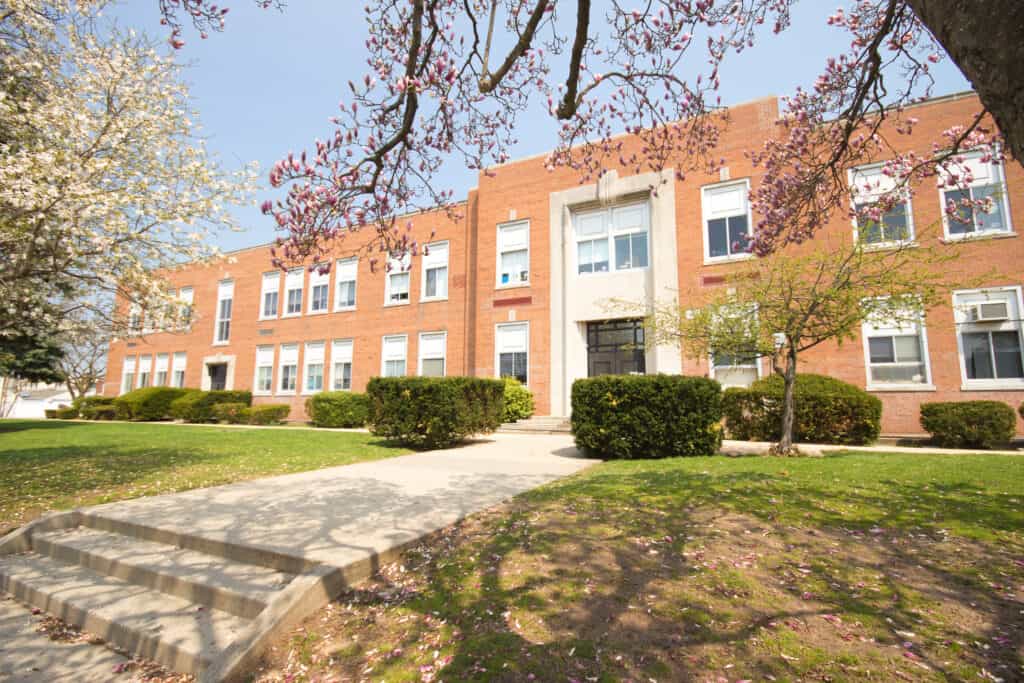School safety and security are essential components of an effective learning environment. Ensuring the well-being of students, teachers, and staff is a top priority for educational institutions across the globe. The concept of school safety encompasses a wide range of measures, from implementing physical security enhancements to addressing social and emotional issues that can impact the overall atmosphere within a school setting.
A fundamental aspect of school safety is the prevention of incidents that may result in harm or disruption to the learning process. This may involve addressing potential threats such as targeted violence, bullying, harassment, and environmental hazards, as well as preparing for emergencies like natural disasters and bomb threats. By creating a secure and supportive educational environment, schools can foster positive relationships among students, staff, and the broader community, further promoting a sense of trust and well-being.
Understanding School Safety and Security
Defining School Safety and Security
School safety and security encompass a wide range of policies, practices, and efforts aimed at creating a safe, secure, and nurturing learning environment for students, staff, and visitors. This can include aspects such as physical security measures like access control and video surveillance, as well as social and emotional safety – fostering a climate of respect, inclusivity, and support for all members of the school community.
Addressing school safety and security involves not only preventing incidents of violence or harm but also promoting positive connections and relationships, fostering trust, and encouraging open communication. This comprehensive approach is crucial in ensuring that schools are not only physically secure but also emotionally and psychologically supportive spaces.
The Importance of a Safe and Supportive Learning Environment
A safe and supportive learning environment is critical for students’ academic success, well-being, and overall development. When students feel safe and cared for at school, they are more likely to engage in the learning process, take risks, and develop positive relationships with their peers and educators.
Establishing a safe and supportive learning environment involves several key components, including:
- Physical safety: Implementing measures to protect students and staff from injury, violence, and other harms. This includes maintaining secure buildings, adding access controls, and promoting proper safety practices.
- Emotional safety: Ensuring that students feel respected, valued, and supported by their school community. This includes fostering positive relationships, addressing bullying and harassment, and providing resources for mental health and social-emotional well-being.
- Healthy school culture: Encouraging a positive and inclusive atmosphere that promotes respect, collaboration, and shared responsibility. This includes adopting clear expectations for behavior, celebrating diversity, and engaging families and the wider community in school activities.
- Responsive and effective support systems: Providing students with appropriate guidance, assistance, and resources tailored to their needs. This may include academic support, counseling services, and partnerships with community agencies.
By implementing a comprehensive approach to school safety and security, schools can create an environment in which students can thrive academically, socially, and emotionally.
Factors Affecting School Safety
Bullying and Harassment
Bullying and harassment are persistent issues affecting school safety. Children and adolescents can experience various forms of bullying, such as verbal, physical, or relational aggression. Harassment includes targeting others based on race, gender, or other characteristics. These behaviors can severely impact the school climate and may lead to negative outcomes for both the victim and the perpetrator. Schools must address bullying and harassment through comprehensive prevention programs, involving students, teachers, and parents to create a safe and supportive environment.
School Violence
School violence encompasses a range of aggressive behaviors in educational settings. From physical altercations to targeted attacks, these incidents can disrupt the learning environment and impede students’ growth. Strategies to prevent school violence include implementing strict safety measures, training staff, and promoting a positive school climate. Establishing clear disciplinary policies is crucial for addressing violence and ensuring the safety of all students and staff.
Mental Health Issues
Mental health issues can also contribute to school safety concerns. Many students face challenges like anxiety, depression, and other emotional disorders. Mental well-being is vital for the overall development of children, and schools play a vital role in providing support. Psychologists and mental health professionals can work alongside educators to identify signs of distress and implement interventions to promote mental health in the school community.
Natural Disasters
Natural disasters pose a significant threat to school safety. Earthquakes, hurricanes, floods, and other disasters can cause severe damage to school infrastructure and create challenging circumstances for students and staff. To ensure school safety, preparedness and emergency response plans must account for the possibility of natural disasters. Evaluating and strengthening the structural integrity of school buildings is essential for preventing injuries and reducing potential hazards.
Pandemic
Pandemics, such as the recent COVID-19 outbreak, can drastically impact school safety. From health concerns to shifts in instructional methods, pandemics require schools to adapt and implement new strategies to ensure the well-being of students and staff. Measures like social distancing, improved hygiene practices, and remote learning can help maintain safety during a pandemic. Additionally, schools need to communicate effectively with families and the community to provide accurate information and guidance during these challenging times.
School Safety and Security Measures
Prevention and Intervention Strategies
Prevention and intervention strategies are essential for promoting a safe and secure learning environment. These strategies include developing a school safety plan, promoting a positive school climate, implementing violence prevention programs, and providing resources for students and staff. Schools may also implement interventions such as peer mediation, mentoring, and counseling services. These approaches help students and staff build relationships and address potential issues before they escalate into more serious problems.
Technology and Equipment
Technology and equipment can play a crucial role in enhancing school safety and security. For instance, security cameras can be installed at various points throughout the school premises to monitor activities continuously. Access control systems, such as ID card scanners and electronic door locks, can help regulate who enters the school and restrict access to certain areas. Schools may also conduct locker checks to prevent the storage of prohibited items on campus. These tools can aid in maintaining order and safety within the school environment.
Physical Security Measures
Physical security measures, such as secure entrances, fencing, and well-designed lighting, are important for creating a safe school environment. These measures help deter unauthorized individuals from entering the premises and assist in identifying any potential safety concerns. Additionally, schools may conduct regular safety audits to evaluate the effectiveness of their security infrastructure and identify areas for improvement.
Collaboration with Law Enforcement
Collaborating with law enforcement agencies is crucial for ensuring school safety and security. School resource officers (SROs) can be assigned to schools to support safety and security efforts, serve as a liaison between the school and police department, and provide valuable training and resources to students and staff. Collaborative relationships between schools and law enforcement agencies allow for better communication, sharing of information, and effective response to safety concerns or incidents. By working together, schools and law enforcement agencies can enact a comprehensive approach to school safety and security.
Creating a Comprehensive School Safety Plan

Assessing School Climate and Risks
A comprehensive school safety plan starts with assessing the school climate and identifying risks. A positive school climate promotes a supportive learning environment, while a negative one can contribute to issues like bullying and violence, increasing the risk of incidents like school shootings. Schools should conduct regular assessments to identify potential areas of concern and put in place measures to address them. Data from surveys and focus groups can help inform the development of these measures, providing valuable insights from education professionals, staff, and students.
Developing Actionable Recommendations
Once risks have been assessed, schools should develop actionable recommendations for mitigating them. This could include introducing new security measures, training staff in crisis response, and implementing policies to foster a more supportive learning environment. It is crucial for the school district to collaborate with relevant partners, such as law enforcement agencies and mental health providers, to develop a cohesive and effective approach to school safety. Recommendations should be prioritized based on the level of risk and the resources available to address them.
Involving Stakeholders
Stakeholders play a crucial role in the development and implementation of a comprehensive school safety plan. This includes school staff, students, parents, law enforcement agencies, and community organizations. By involving stakeholders in the planning process, schools can ensure that various perspectives and needs are taken into consideration, making the plan more effective and responsive to real-world concerns. Involving stakeholders also helps build a sense of ownership and responsibility for the plan, creating a stronger commitment to its successful implementation.
Regular Review and Updates
To ensure that the school safety plan remains effective and relevant, regular reviews and updates should be conducted. As new risks emerge or current strategies become less effective, the plan should be updated accordingly. Reviews should be carried out at least annually and should involve the input of stakeholders to ensure that the plan continues to address the most pressing safety concerns. Additionally, schools should track the implementation of the plan’s recommendations and evaluate their impact on the school’s overall safety and security.
By following these guidelines, schools can create comprehensive safety plans that address the unique risks and challenges they face, fostering a secure and supportive learning environment for all.
Monitoring and Evaluating School Safety
Data Collection and Analysis
Monitoring and evaluating school safety involves collecting and analyzing data to assess the effectiveness of safety measures and identify areas for improvement. Schools can refer to the School Survey on Crime and Safety for comprehensive data on crime and safety measures. By examining statistics for various incidents, such as bullying, harassment, or violent behaviors, school administrators can better understand the effectiveness of existing safety protocols and determine where improvements are necessary.
School Surveys and Feedback
One valuable tool for monitoring school safety is conducting regular surveys among students, staff, and parents. These surveys can provide insight into the perception of security within the school and help identify potential areas of concern. By regularly gathering feedback, schools can ensure they are addressing the needs of the school community and promoting a safe environment. Schoolsafety.gov offers resources and recommendations for conducting comprehensive school safety assessments.
Reporting and Follow-up
Establishing a clear reporting system for incidents related to safety and security is essential for maintaining a safe school environment. Schools should have reporting mechanisms in place for students, staff, and parents to report any incidents or concerns. Prompt follow-up and investigation can mitigate potential threats and reinforce a culture of safety and responsibility. Schools, particularly middle schools, can benefit from a proactive approach to addressing school safety concerns by regularly reviewing incident reports and implementing necessary changes to security measures.
Engaging Families and Communities in School Safety
Promoting a Positive School Culture
A positive school culture is vital to maintaining a safe and secure environment for students. Engaging families and communities in this process helps create a supportive learning environment where students can thrive. Key aspects of a positive school culture include promoting respect, empathy, and inclusivity among students and staff. Teachers and administrators play an essential role in modeling and reinforcing these values within K-12 schools.
Providing Opportunities for Involvement
Involvement of families and communities in school safety is critical, as it enhances support for students while serving as an additional layer of protection. Schools should provide various opportunities for families and community members to contribute to school safety initiatives. Some examples include volunteering at school events, participating in safety committees, attending workshops on safety topics, and working in collaboration with local law enforcement agencies.
Clear Communication and Collaboration
Clear communication and collaboration between schools, families, and the community are key to addressing student victimization and other safety concerns. By maintaining open lines of communication, school administrators, teachers, and parents can work together to identify potential safety issues and develop strategies to address them. Regular meetings between these stakeholders can facilitate discussions on safety measures and provide tips for creating a supportive learning environment for students.
In conclusion, engaging families and communities in school safety is an essential component to foster a positive school culture, provide opportunities for involvement, and maintain clear communication and collaboration between all stakeholders. By working together, we can create safer K-12 schools where students feel protected and thrive academically and socially.
Frequently Asked Questions
What are common safety issues faced by schools?
Schools face various safety concerns, including bullying, cyberbullying, vandalism, theft, and violence. Additionally, schools must also be prepared for emergencies such as natural disasters, fires, and active shooter situations.
Why is safety in schools so important?
Safety in schools is crucial for creating a positive learning environment. It ensures the well-being of students and staff and promotes the development of trust and respect between community members. Moreover, a safe and secure environment supports academic performance and student engagement.
What are effective measures to enhance school security?
Effective school security measures include access control, visitor management, video surveillance, and communication systems. Adequate lighting and proper maintenance of the school premises can also deter potential threats. Furthermore, mental and behavioral health support and regular emergency drills are vital for enhancing school safety.
What are the key components of a school safety plan?
A comprehensive school safety plan involves assessing the school’s vulnerabilities, prioritizing safety enhancements, and establishing an interagency, multidisciplinary team to oversee the plan’s implementation. The plan should include written procedures for responding to various scenarios, emergency drills, and staff training to ensure an effective response if an emergency arises.
How can school security impact student performance?
A secure school environment positively affects student performance by reducing stress and anxiety levels. When students feel safe, they can better focus on their studies, participate in extracurricular activities, and engage in healthy social interactions. Improved security fosters a sense of belonging and supports overall academic achievement.
What role do staff and students play in maintaining safety and security?
Staff and students have a shared responsibility in maintaining safety and security in schools. All community members must be vigilant, report suspicious activities, and adhere to established safety protocols. Teachers, counselors, and other staff members must model appropriate behavior and foster open communication with students, while students can actively contribute by participating in safety drills and engaging in conflict resolution efforts.
Is your school as safe as it could be? Risk Strategy Group can help you find out. Our expert consultants are all certified by the Texas School Safety and Security Consultant Registry and are skilled in conducting comprehensive safety and security audits.
We can identify potential vulnerabilities, offer actionable recommendations, and help you implement robust security measures. Don’t wait for a crisis to reveal the gaps in your school’s safety plan. Contact Risk Strategy Group today and let’s ensure your school is a safe learning environment for everyone.








